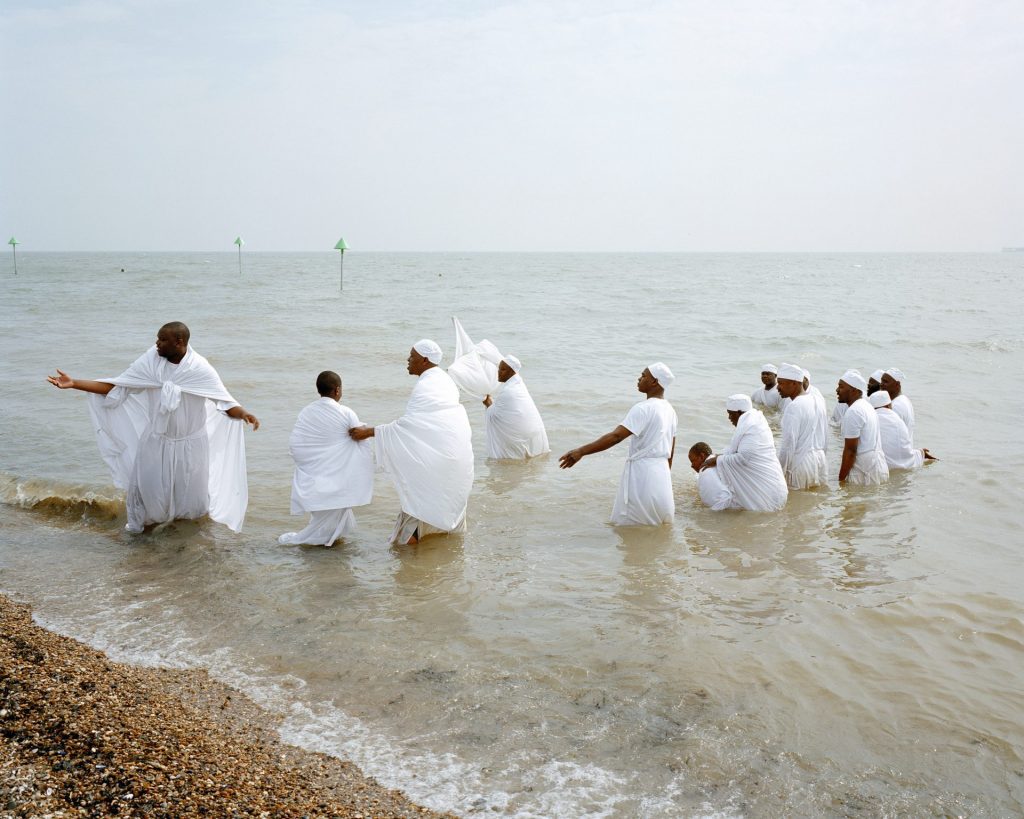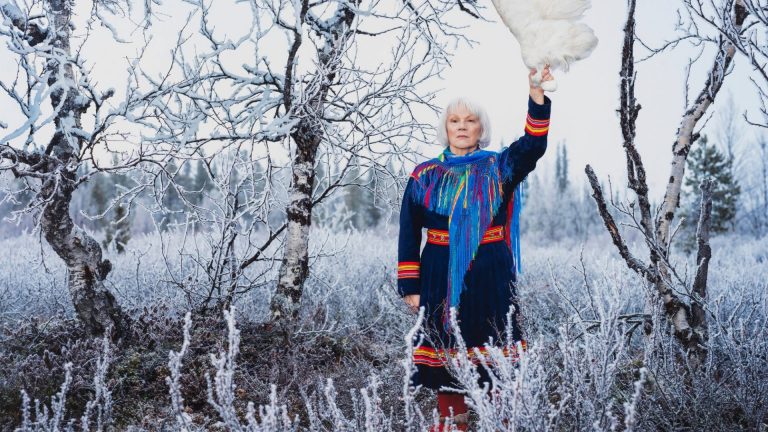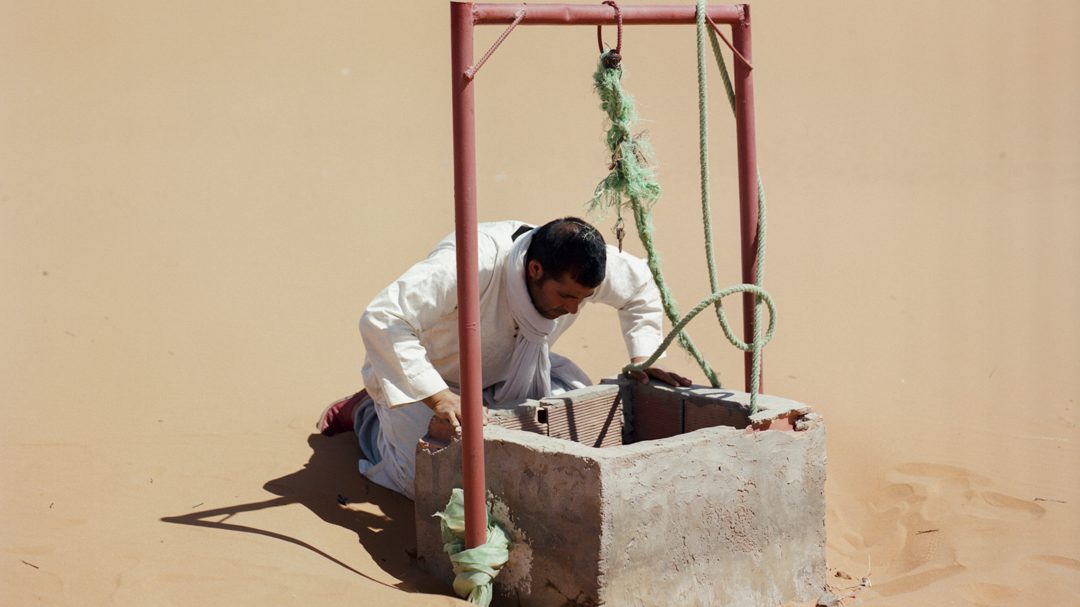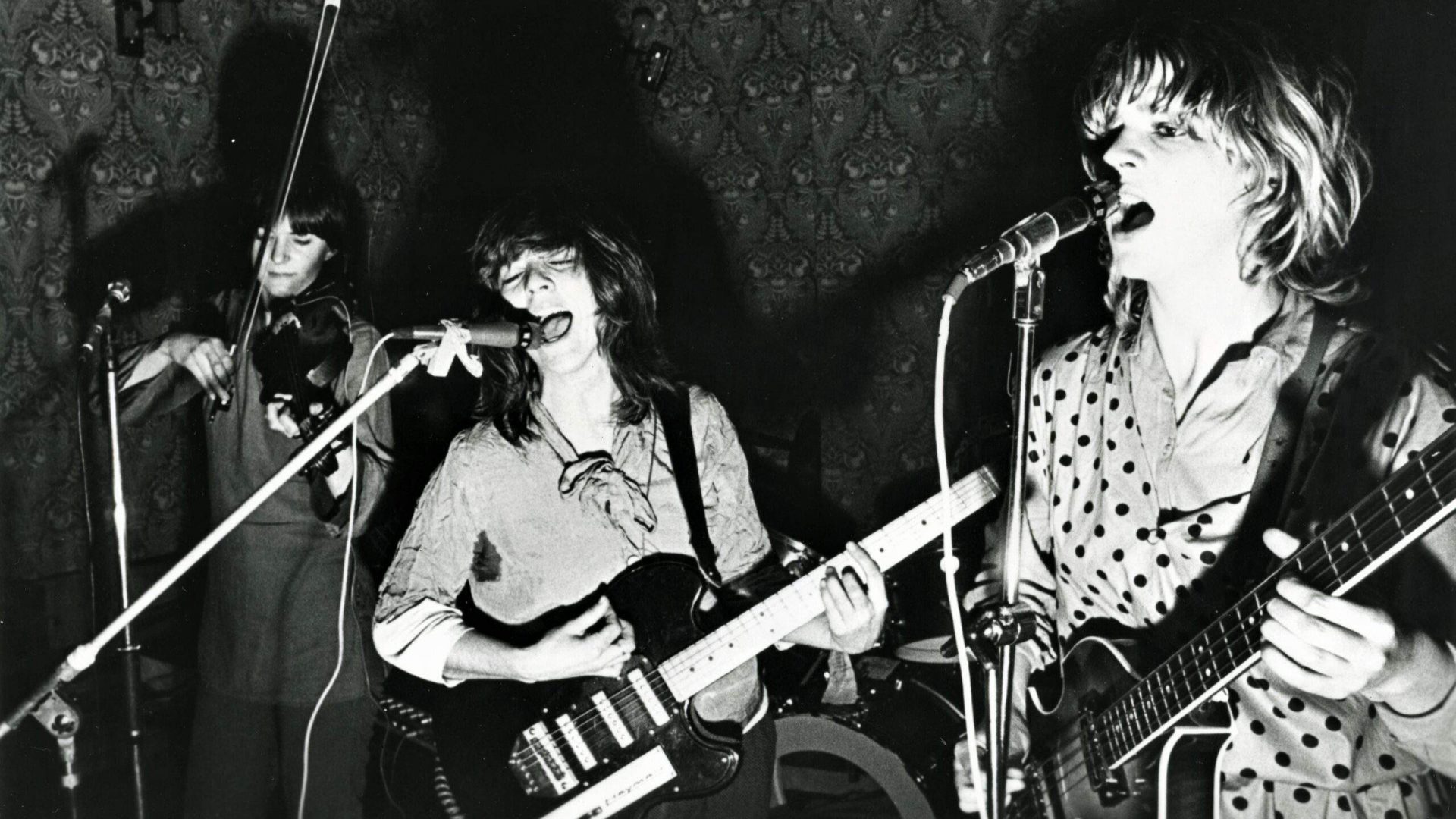A woman sits on a stoop, arm draped over her picket fence, cigarette in hand. She is up to her chest in muddy water.
Her expression is one of weary resignation, as if to say, “if this is caused by climate change, well, so be it. Nothing I can do about it.”
She is one in a series of dispiriting images from Deluge, a film by South African Gideon Mendel of floods across the world since 2007 in which rainfall, flash floods or both have driven people from their homes, leaving them with empty shells. Stoically, they return to clear up the devastation, save what possessions they can and scrape the mould from the walls.
As Thirst: In Search of Freshwater at the Wellcome Collection argues, there can be solutions to global warming but rather than a barrage of stats and angry polemic, the show offers lessons from history, myth, contemporary art and ancient artefacts, even Victorian-era cartoons.
An ancient example from India is interpreted by the Raqs Media Collective in Thirst/Trishna (the Sanskrit word for thirst). Their installation recalls how the deep step wells of India from the third century CE, when water was stored for even the most arid of regions, is a technology that could be deployed today.


Even more ambitious are the qanats, or underground channels, which were first used 3,000 years ago in Iran to take water from aquifers below the foothills of mountains and relied on gravity to carry it thousands of miles across the desert plains.
The water stayed cool enough to be turned into ice – ice! – when poured into a sophisticated cooler, a cylinder fitted into an ewer jug like the one from the 17th century on elegant display in blue porcelain and silver. Although many are long abandoned, qanats can still be found in working order in Morocco, Italy and Oman.
There are few lessons from the past to gauge the effect of a glacier breaking away from a mountain and barrelling down a valley, taking all before it. Destruction, yes, but disease?
Suggested Reading


The Sámi’s needlework revolutionary
Karan Shrestha’s 3D work of ink on cotton paper, copper, wood and fossils, dramatises the horror of an avalanche in Nepal, but reveals how the resultant breakdown in infrastructure – people left homeless without medical help or hygiene provisions – has made disease inevitable. In Nepal, outbreaks of Dengue fever have increased tenfold in the last 20 years.
Disease and water have always been intertwined. John Snow discovered in 1854 that contaminated water, not air, spread cholera in London.
The shocking state of the Thames in the 19th century is mocked with Victorian cartoons. One, Monster Soup by William Heath (1828), subtitled Being a correct representation of that precious stuff doled out to us, has a distraught woman peering down a telescope at the creepy, crawly denizens of the river. She’s so appalled at the sight she drops her cup and saucer. How little has changed.
If natural causes are not enough of a challenge, there is war. The show opens with a tiny cuneiform tablet from the Iraq of 1900-1600 BCE on which is inscribed the Epic of Gilgamesh, an epic poem about two kings fighting over the rights to the water from the River Euphrates. Three thousand years later, Egypt and Ethiopia almost came to blows over the Ethiopian plan to build a dam on the Nile and limit Egyptian water supplies.
In the 1990s, Iraq’s dictator Saddam Hussein redirected sewage into the water-borne homes of the Marsh Arabs in his attempt to destroy the people. Today, sewage is still being channelled into the region, but the Eden in Iraq Wastewater Garden project, its name a nod to the legend that this region was the site of the Biblical Garden of Eden, is regenerating the environment by cleaning the waste water with bacteria.
Too much water, too little water. It is the latter that architect and artist Anthony Acciavatti has been investigating for nearly 20 years. He has exposed what he calls the “hidden frontline of climate change” in which he warns that the quest for fresh water has led to excessive numbers of tube wells being drilled deep into the earth to reach aquifers.
His installation Groundwater Earth has floating ectoplasmic discs symbolising the earth’s strata, hovering above wells in which the use of water by three cities is mapped out. Tucson, with the smallest population, uses much more water than New Delhi or Jakarta, and this kind of concentrated demand is unbalancing the world – literally.
The overuse of tube wells has had the startling effect of making the Earth tilt on its axis by 80cm between 1993 and 2010. That in turn has increased the inevitability of sea levels rising and makes the achievement of the Paris Agreement of 2016 to limit temperature increase to 1.5C above pre-industrial levels to avoid global warming all the more challenging.
The water could rise so high that it could reach the neck of our friend on the stoop. Might even douse her cigarette.
Thirst: In Search of Freshwater is at the Wellcome Collection, London, until February 1, 2026




